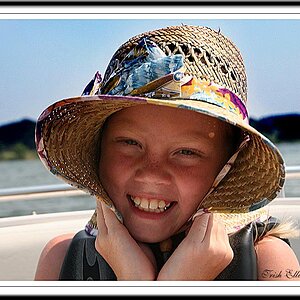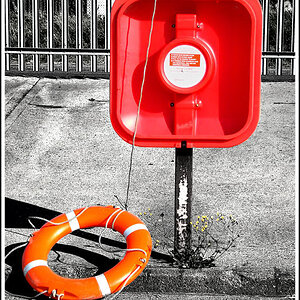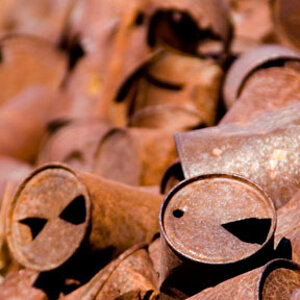brobinson
TPF Noob!
- Joined
- Dec 25, 2007
- Messages
- 19
- Reaction score
- 0
- Location
- Raleigh, North Carolina
- Can others edit my Photos
- Photos OK to edit
Greetings!
I am to photography. Wait, scratch that. I am very new. Over the past few months, I have researched and talked a lot. Anyway, I recently purchased a Nikon D50 body. I am now faced with the task of buying lenses (no easy task). I have ended up very confused on three questions, so I am coming to you all for some answers. Here we go:
Thanks,
Brendan
I am to photography. Wait, scratch that. I am very new. Over the past few months, I have researched and talked a lot. Anyway, I recently purchased a Nikon D50 body. I am now faced with the task of buying lenses (no easy task). I have ended up very confused on three questions, so I am coming to you all for some answers. Here we go:
- There is a switch on the body side of Nikon lenses. You know what I'm talking about. The AF/MF switch. I know what it stands for, but what's the difference (besides one is automatic and one is manual)? How does this affect the image and it's quality (if at all)? Why would one person shoot with AF, but not with MF?
- I'm an eBaY guy (don't start) and I've seen these filter kits for sale. These filter kits contain like 80 billion filters (some of which I've never even heard of). As a newbie, what filters do I need? I plan on photographing landscapes, people (portrait), and everyday family things.
- This is my hardest question...I have seen a lot of old Nikon film lenses for dirt cheap. I have heard that older Nikon lenses (Al and later) work with newer DSLR cameras (except for D40/x). Why don't people buy these? Do you lose quality? Is the glass bad? If I wanted to buy them, I know the lenses need F mounts, but what Nikkor film lenses have F mounts? I know about the 1.5x conversion factor for Nikon lenses, but besides that, what is the downside?

Thanks,
Brendan


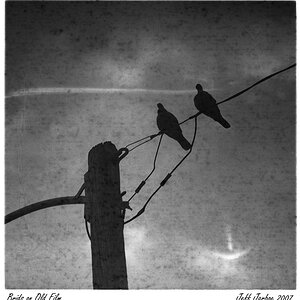
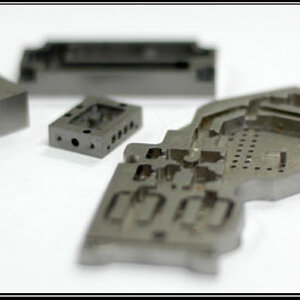

![[No title]](/data/xfmg/thumbnail/30/30886-4d4f2b370f36c175a23901cc8689aea4.jpg?1619734498)
